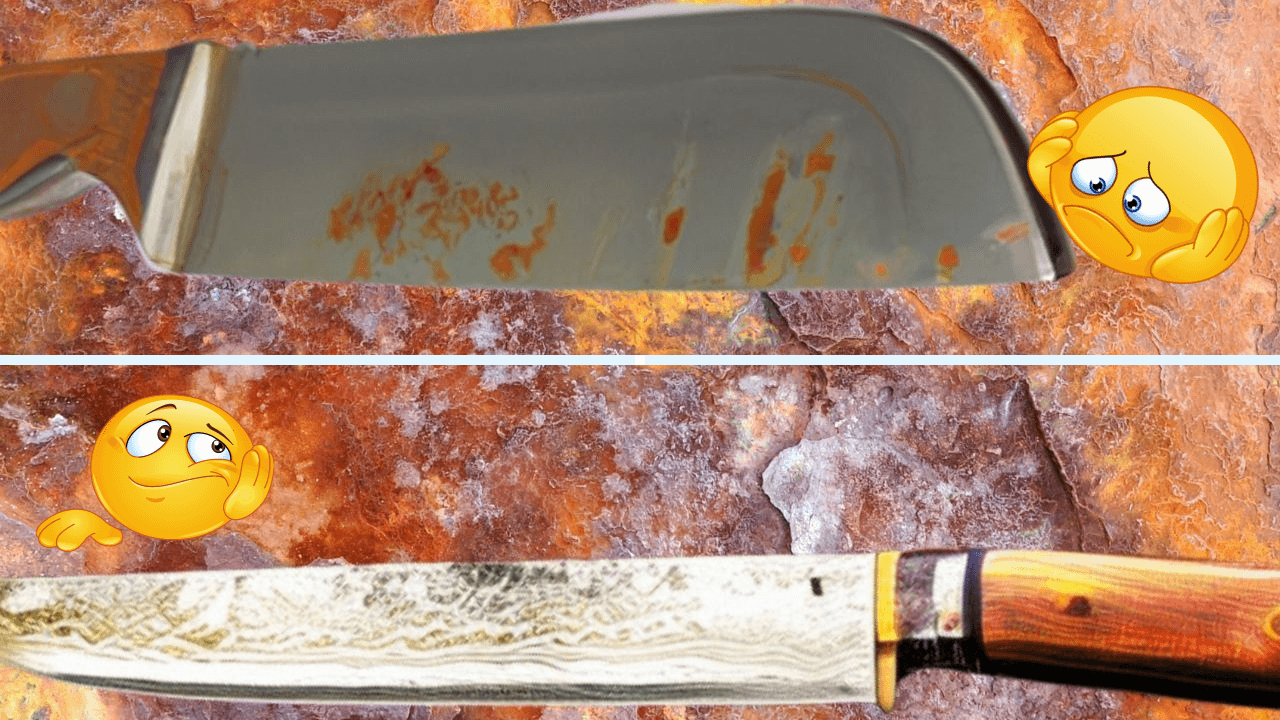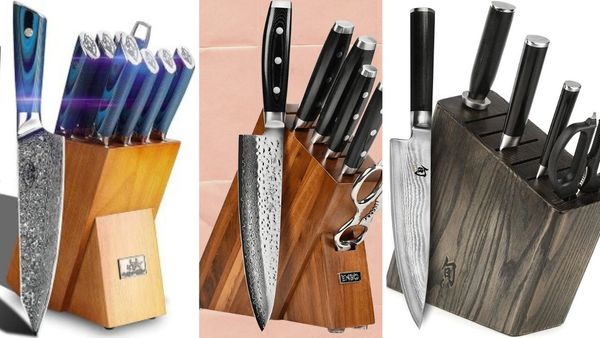When it comes to cookware, there are a lot of different materials out there. It can be tough to keep track of what is safe and what is not. We are here to help clear some things up! In this blog post, we will be discussing some of the most popular materials for cookware and whether or not they are safe. Keep reading to learn more.
Aluminum
One of the most popular materials for cookware is aluminum. Aluminum is a great conductor of heat, which makes it ideal for cooking. It is also lightweight and durable. However, there are some concerns about aluminum leaching into food. Studies have shown that this is only a concern with acidic foods, such as tomato sauce. If you want to be extra careful, you can get anodized aluminum cookware, which has a protective coating that prevents leaching.
Stainless Steel
Stainless steel is another popular material for cookware. It is non-reactive, so it will not leach into your food. It is also very durable and easy to clean. Stainless steel can be a bit heavier than aluminum, so it may not be the best choice if you are looking for lightweight cookware.
Copper
Copper is another great choice for cookware. It heats up quickly and evenly, which makes it great for cooking. Copper is also non-reactive, so you do not have to worry about it leaching into your food. The only downside to copper cookware is that it needs to be cleaned often to prevent discoloration.
Cast Iron
Cast iron is another material that is safe for use with all types of food. It's also non-reactive, which means it won't leach metals into your food. One of the benefits of cast iron is that it can be used on all types of cooking surfaces, including induction cooktops. Another plus is that cast iron gets better with age—the more you use it, the better the seasoning will be. However, cast iron can be reactive if it comes into contact with acidic foods like tomatoes. So, if you're going to be cooking with acidic ingredients, be sure to use a well-seasoned pan.
Ceramic
Ceramic cookware is a popular choice for many home cooks. It is attractive and durable, and it can be used on a variety of cooking surfaces, including gas, electric, and induction stovetops. However, ceramic cookware does have some drawbacks. It is a relatively new material, so its long-term durability is not yet known. Additionally, ceramic cookware is prone to chipping and cracking, so it requires gentle use and careful cleaning. When properly cared for, ceramic cookware can be a stylish and functional addition to any kitchen. However, cooks who are rough on their pots and pans may want to choose a more durable option.
Non-stick Finish
For many years, non-stick cookware has been a popular choice for home cooks and professional chefs alike. Thanks to its easy-release surface, non-stick cookware can help to make quick work of even the most stubborn recipes. However, there has been some concern about the safety of non-stick cookware in recent years. While the vast majority of non-stick cookware is perfectly safe to use, there is a small risk of exposure to harmful chemicals if the cookware is damaged or overheated. As a result, it is important to read the manufacturer's instructions carefully and always use non-stick cookware according to their guidelines. With a little care and attention, non-stick cookware can be a safe and convenient option for any kitchen.
In Summary: There are a lot of different materials out there that can be used for cookware. It can be tough to keep track of what is safe and what is not. Now that we know all about the different types of cookware materials, it’s good to do further research before your next purchase. Consider what you will be cooking most often and find a material (or combination of materials) that will work best for you. For example, if you simmer stews and sauces on the stovetop frequently, opt for a heavy-bottomed pot made of stainless steel, copper, or cast iron. If you roast chicken or vegetables in the oven several times a week, go for an enameled cast iron Dutch oven or roasting pan. No matter what type of cookware you end up choosing, be sure to read care instructions carefully so that your pots and pans last for years to come.
Thanks for stopping by our bee hive!

Bertie
Each product we review is independently selected by our team, and all opinions in our articles are our own. As an Amazon Associate we earn from qualifying purchases. We stay in business by receiving a small share of sales from the links on our pages should you decide to buy something.










Member discussion